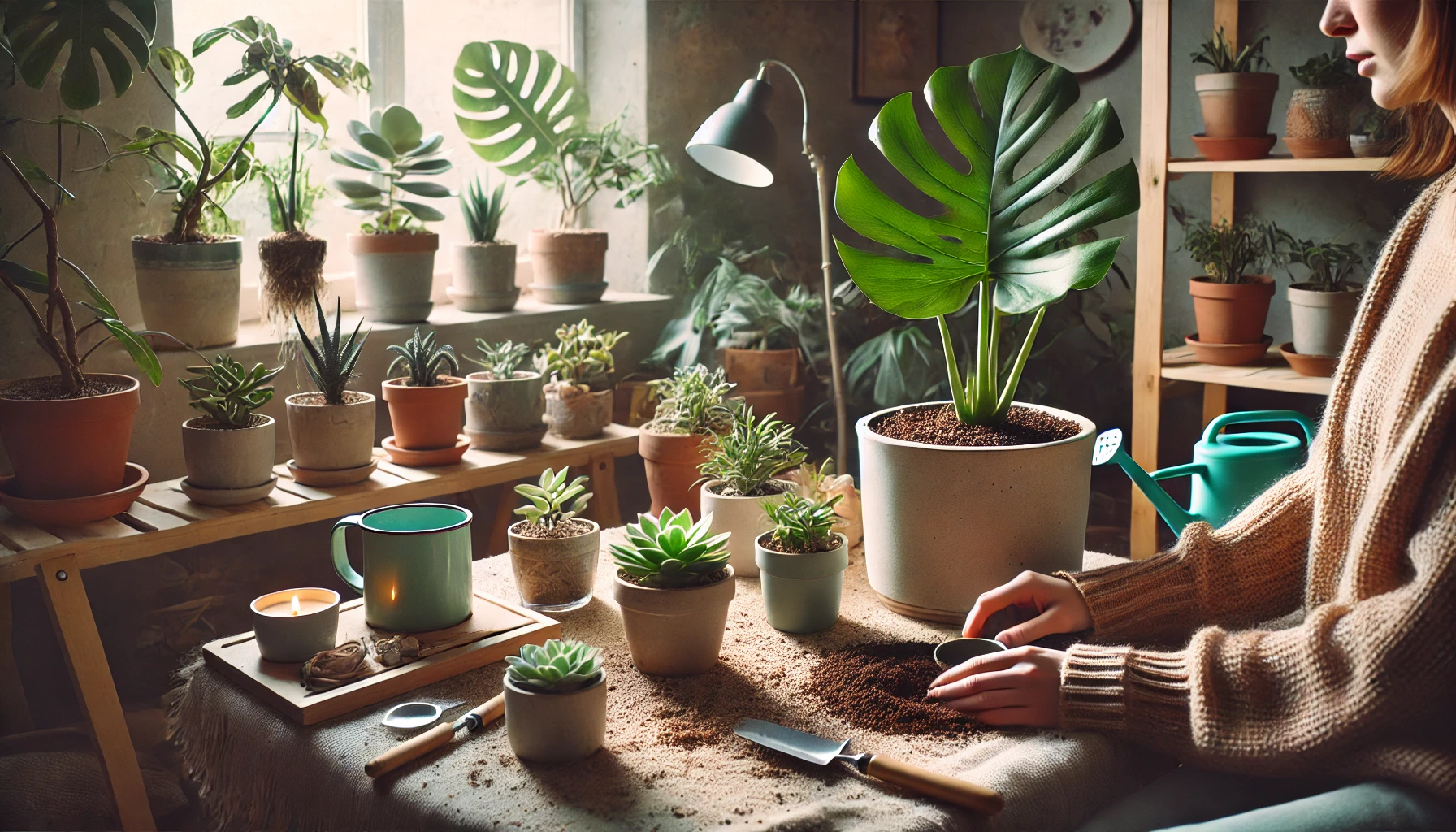Caring for plants is a rewarding hobby, but even the most enthusiastic plant parents can make mistakes. Understanding common pitfalls and how to avoid them can make the difference between thriving greenery and struggling plants. Here are the ten most common plant care mistakes and practical solutions to keep your plants healthy and vibrant.
1. Overwatering
Overwatering is one of the most frequent mistakes and can lead to root rot, yellowing leaves, and fungal issues. Many plant owners water excessively out of fear that their plants are drying out.
How to avoid it:
Check the soil’s moisture level before watering by inserting your finger about 2 inches deep. Water only when the topsoil feels dry. Ensure your pots have proper drainage to prevent waterlogging.
2. Underwatering
Underwatering is the opposite issue and can cause leaves to dry out, curl, and turn brown. Plants left too long without water may struggle to recover.
How to avoid it:
Establish a regular watering routine based on your plant’s specific needs and environmental conditions. Keep an eye out for dry or cracked soil, which indicates it’s time to water.
3. Using the Wrong Soil
Not all soils are created equal, and using the wrong type can hinder a plant’s growth. Some plants need well-draining soil, while others thrive in moisture-retaining mixes.
How to avoid it:
Research the soil requirements for your plant species. For example, succulents and cacti prefer sandy, well-draining soil, while ferns and tropical plants thrive in nutrient-rich, moisture-retentive soil.
4. Ignoring Light Requirements
Placing a plant in the wrong lighting conditions can stunt growth, cause leggy stems, or even burn the leaves.
How to avoid it:
Identify whether your plant prefers bright, indirect light, direct sunlight, or low-light conditions. Adjust its location to match its lighting needs and rotate it occasionally to ensure even growth.
5. Neglecting Pest Control
Pests like spider mites, aphids, and mealybugs can quickly infest plants, weakening them and causing damage.
How to avoid it:
Inspect your plants regularly for signs of pests, such as tiny bugs, webbing, or sticky residue. If you notice an infestation, isolate the affected plant and treat it with neem oil, insecticidal soap, or a gentle spray of water.
6. Not Fertilizing Properly
Plants need nutrients to grow, and failing to fertilize them—or over-fertilizing—can cause weak growth or even damage the roots.
How to avoid it:
Fertilize during the active growing season (spring and summer) with a balanced, plant-appropriate fertilizer. Follow the recommended dosage and frequency, and avoid fertilizing during dormancy.
7. Using Pots Without Drainage Holes
A pot without drainage holes can trap excess water, leading to root rot and plant stress.
How to avoid it:
Always use pots with proper drainage. If your decorative pot lacks holes, place the plant in a smaller, drainable pot inside the decorative one, allowing excess water to escape.
8. Ignoring Temperature and Humidity Needs
Sudden temperature changes or exposure to cold drafts can shock plants, while low humidity can dry them out, especially tropical varieties.
How to avoid it:
Place plants away from air conditioners, heaters, and drafty windows. Use a humidifier for tropical plants or mist their leaves occasionally to mimic a more humid environment.
9. Repotting Too Often or Too Rarely
Repotting too frequently can stress a plant, while not repotting when necessary can cause root binding and hinder growth.
How to avoid it:
Repot only when your plant outgrows its pot or the soil becomes compacted. Signs that it’s time to repot include roots growing out of drainage holes or the plant becoming top-heavy.
10. Lack of Patience
Plants grow at their own pace, and impatience can lead to unnecessary interventions like overwatering or moving plants too frequently.
How to avoid it:
Observe your plants and trust the process. Remember, plant care is a journey, and small, consistent efforts lead to the best results.
Conclusion
Avoiding these common mistakes can save your plants from unnecessary stress and help them thrive. By understanding their needs and paying attention to their environment, you’ll build a healthier, greener home filled with happy plants. Patience, observation, and consistent care are the keys to plant parenting success.
